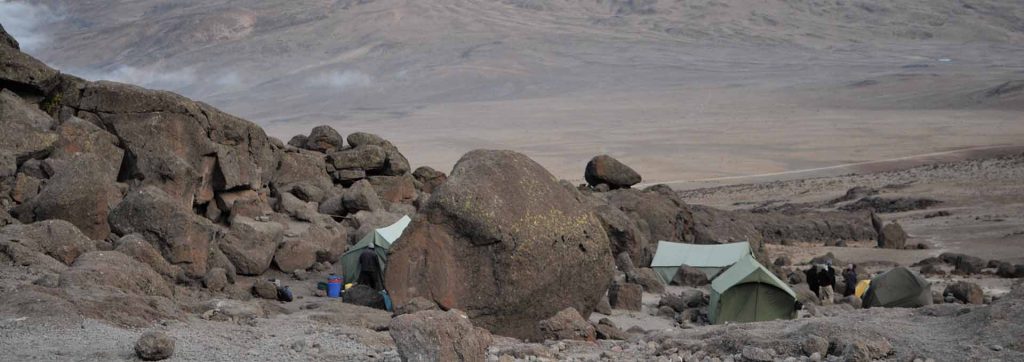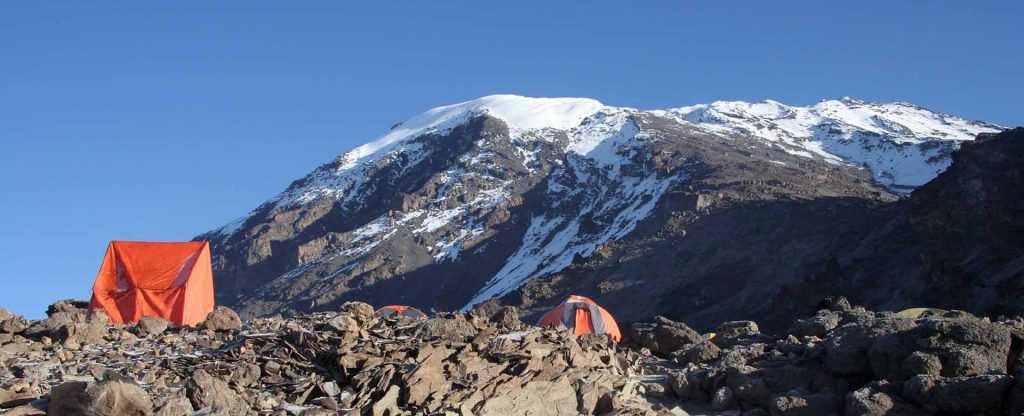Health & Safety on Kilimanjaro
Participating in Kilimanjaro photography workshop is on the list of experiences for many landscape photographers. Whether you’re a first-time climber or pro, we will work together elbow to elbow to make sure you get great shots!
Following are the top considerations that will directly affect the success of your adventure. The first line of questions inevitably deals with camera gear. Here are some ideas that help for comfortable, safe and ready to execute to the best when photographing on kilimanjaro
Camera Equipment
You should bring a 35mm camera. Other cameras simply won’t capture the depth and composition that Kili offers. For the photographic enthusiast, we recommend a standard Single Lens Reflex (SLR) 35mm camera as opposed to the pocket-type 35mm camera. The SLR will provide a greater variety of shots, because there is a larger choice of filters and lenses to use. Also, most modern SLR cameras have the complete range of fully automatic to manual features that offer more flexibility and control. For those who want to shoot in recreational fashion and don’t want the bother of changing lenses and fussing with F-stops, a pocket 35mm should suffice.
Telephoto zoom lenses from 35mm-135mm (focal length) should be versatile enough to do justice to the many great and small things you’ll see along the way. If you have only fixed lenses, then we recommend a standard 50mm, 200mm, and wide angle lens (the wide angle shots are real treasures).
You may want to consider the following filters:
- A polarizer filter, to change the contrasts of light and dark in your This is more critical at the summit, where exposed faces and background images will be difficult for you (and your camera) to assess the light and properly expose.
- A warming filter, in order to help improve skin tones, which tend to appear slightly blue in high altitude
With regard to film, slide film will produce images with great color saturation and high quality resolution. Keep in mind that it gets expensive to produce prints from your slides.
Should you use print film, we have had great success using Fuji film. You should bring an assortment of different speeds, though favoring mostly 100 and 200 speed, because in general the light levels will be ample to support this. Consider purchasing all this equipment and/or film from the local photo shop rather than from the discount drug store. The photo specialists will be able to assess your intentions, provide useful advice, and recommend the best equipment and film for you. Make sure you buy enough film for your entire trip, as the availability of film in Tanzania is not guaranteed and the cost is prohibitive.
Camera Care
Because this climb takes you from equatorial tropics to arctic conditions, it will be necessary to take measures to protect your camera equipment and film from the elements. Make sure you waterproof everything. Bring a waterproof container (ziploc bags are great) for your film, camera, and lenses/filters, which will also aid in keeping dust and dirt out.
On your final ascent, the temperatures will most likely be below 32 deg. F, and you must take steps to ensure that your camera does not freeze. If you put cameras and lenses, etc. in the inner pockets of your parka, or in pockets of an inner layer (where they can receive your body heat), that will be sufficient. A smaller “point and shoot” camera is best for summit shots, as the larger cameras may be difficult and awkward to fit inside your parka. Your daypack is not an advisable location for keeping this equipment on the final ascent, and in general, insulated containers are too bulky and heavy to be useful.
Upon summiting, you’ll want a few nice shots, so make sure your camera is all set up. The last thing you’ll want to do at Uhuru Peak is change your lens and fuss with loading a new roll of film. Make sure you return the camera to warmth, as it doesn’t take long for it to freeze. If you’re certain that your camera is frozen when you turn it on, do not attempt to take pictures. Leave it alone and wait until you are back at warmer temperatures. You may want to consider bringing a backup camera in case your primary one expires.
Digital Cameras and Video Cameras
Digital cameras are a great option to standard film cameras, and can be easier to use on the trail. The ability to see and edit your images right away is an asset, and it saves you time and money in the absence of the need to change and develop film. You can also use most digital cameras in freezing conditions without worry, though battery life diminishes quickly.
8mm or digital video are popular formats for capturing motion images from the mountain, and if you are sure enough of your abilities, then your efforts will give great rewards.
You’ll need to bring plenty of batteries, as the cold weather seems to shorten battery life. Consider bringing additional lenses and filters, but keep your weight in mind. Please take steps to guard your equipment from the elements, as discussed above. Each climber will have a personal porter on the climb to carry your photo equipment.









